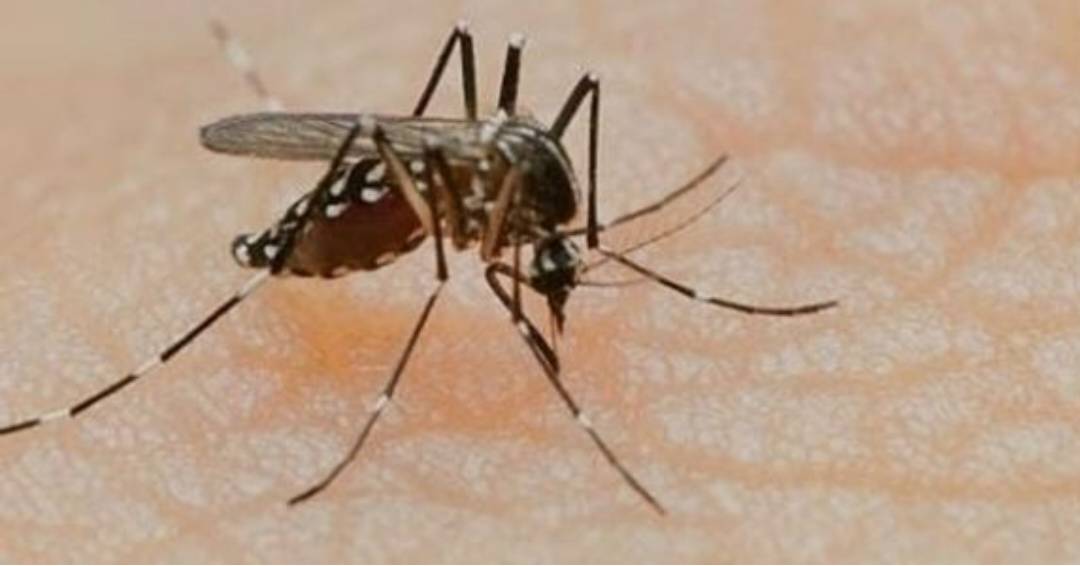
Researchers at the Rajiv Gandhi Centre for Biotechnology (RGCB) have made a significant discovery regarding the behavior of the dengue virus (DENV) in response to temperature changes. They found that dengue becomes more severe and hostile when its virus is cultivated in mosquito-derived cells exposed to higher temperatures. This finding has far-reaching implications for predicting and managing the virulence of dengue, particularly given the disease’s estimated global burden of 390 million cases annually, as reported by the WHO.
The study, recently published in The Federation of American Societies of Experimental Biology (FASEB) journal, sheds light on the impact of global warming on the disease. Dr. Easwaran Sreekumar, the lead researcher, explains, “DENV cultured at a higher temperature in mosquito cells was significantly more virulent than the virus grown at a lower temperature.”
In regions with elevated temperatures and sporadic rainfall that promote mosquito breeding, there’s a heightened risk of a more virulent dengue virus emerging and causing severe disease outbreaks. Surprisingly, this aspect had not been thoroughly examined in previous dengue outbreaks in various parts of the country.
The study’s findings highlight the potential consequences of global warming on infectious disease dynamics. The researchers, including Ayan Modak, Srishti Rajkumar Mishra, Mansi Awasthi, Sreeja Sreedevi, Archana Sobha, Arya Aravind, and Krithiga Kuppusamy, emphasize the need to consider the role of temperature in disease transmission and severity.
Professor Chandrabhas Narayana, Director of RGCB, notes that despite decades of research, effective vaccines or antivirals to control or prevent recurring dengue are still lacking. This new study has profound implications for predicting the severity of dengue outbreaks, potentially aiding in the development of strategies to mitigate the disease’s impact.
The study was conducted using a mouse model, which revealed that the strain of dengue virus cultivated under higher temperature conditions led to increased virus presence in the blood, hemorrhage, and severe tissue changes in vital organs like the heart, liver, and kidney. These findings are consistent with the hallmark characteristics of the disease and underscore its potential lethality.
As the incidence and severity of dengue continue to rise globally, this research provides valuable insights into the factors influencing the disease’s behavior and transmission dynamics. Despite the challenges posed by dengue, this study offers a step forward in our understanding of the virus and its response to changing environmental conditions.

Post Your Comments